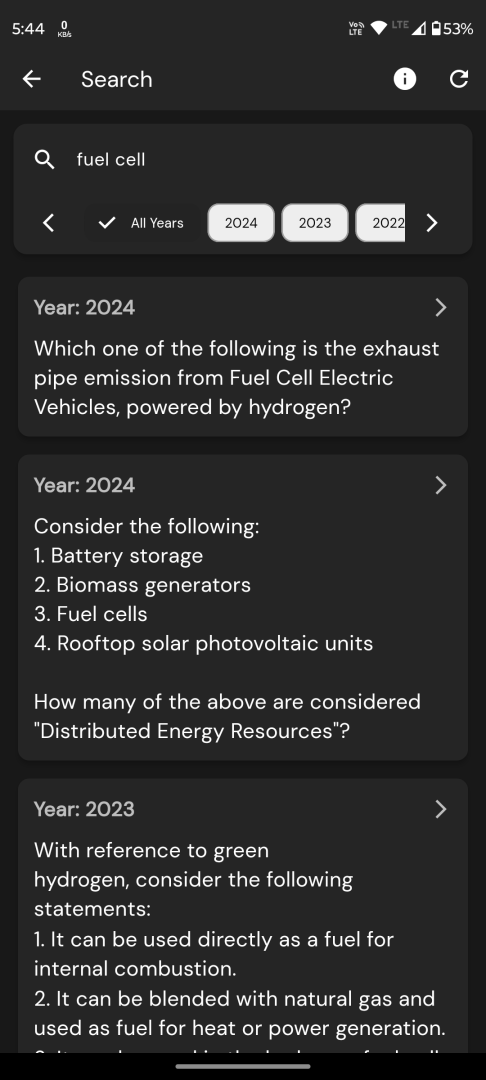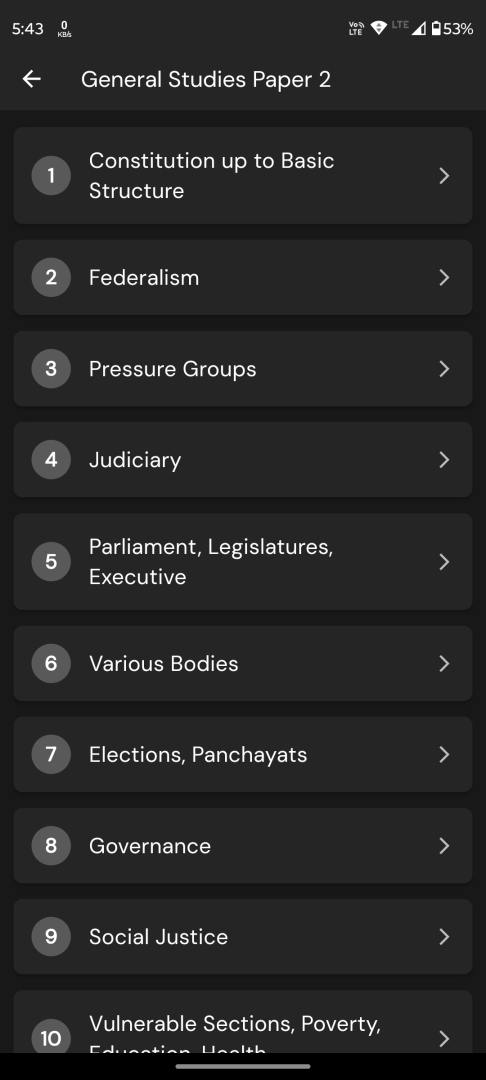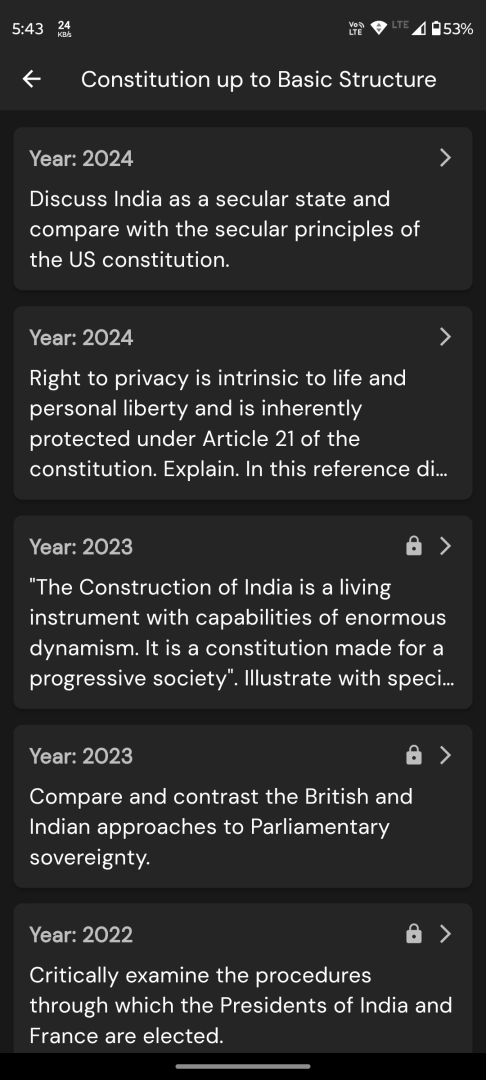Q. Which of the following are the evidences of the phenomenon of continental drift?
I. The belt of ancient rocks from Brazil coast matches with those from Western Africa.
II. The gold deposits of Ghana are derived from the Brazil plateau when the two continents lay side by side.
III. The Gondwana system of sediments from India is known to have its counterparts in six different landmasses of the Southern Hemisphere.
Select the correct answer using the code given below.
(a) I and III only
(b) I and II only
(c) I, II and III
(d) II and III only
Correct Answer: (c) I, II and III
UPSC Prelims 2025 GS Paper's Solution
Explanation :
The phenomenon of continental drift, proposed by Alfred Wegener, is supported by several lines of evidence. Among these evidences are:
I. Matching of Ancient Rock Belts: The geological formations along the coastlines of continents separated by oceans today show remarkable similarities. For instance, the belt of ancient rocks found along the Brazilian coast matches closely with those found along the western coast of Africa. This strongly suggests that these continents were once joined together.
II. Similarity in Mineral Deposits: Mineral deposits, such as gold deposits found in Ghana, have geological continuity with similar deposits found in Brazil. This indicates that these continents were once contiguous, allowing mineral deposits to form in a continuous geological environment before the continents drifted apart.
III. Gondwana Sediments: The Gondwana system of sediments found in India has counterparts in other landmasses of the Southern Hemisphere, such as Africa, Australia, Antarctica, South America, and Madagascar. The presence of similar sedimentary deposits across these widely separated continents provides strong evidence that they were once part of a single large landmass known as Gondwanaland.
Thus, all three statements provided are correct evidences supporting the phenomenon of continental drift.
Hence, the correct answer is option (c): I, II and III.





